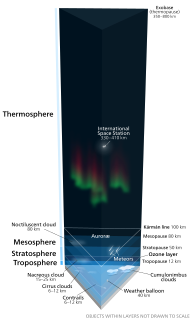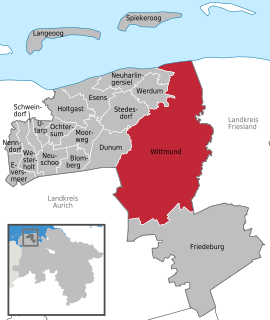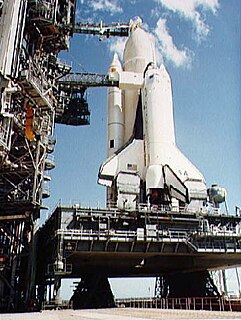
STS-2 was the second Space Shuttle mission conducted by NASA, and the second flight of the orbiter Columbia. The mission launched on 12 November 1981 and landed two days later on 14 November. STS-2 marked the first time in history that a manned, reusable orbital vehicle returned to space for a second time. This mission tested the Shuttle Imaging Radar as part of the OSTA-1 payload, along with a wide range of other experiments including the Shuttle robotic arm, commonly known as Canadarm. Other experiments or tests included Shuttle Multispectral Infrared Radiometer, Feature Identification and Location Experiment, Measurement of Air Pollution from Satellites, Ocean Color Experiment, Night/Day optical Survey of Lightning, Heflex Bioengineering Test, and Aerodynamic Coefficient Identification Package (ACIP). One of the feats accomplished was various tests on the OMS including starting and restarting the rocket engines while in orbit and various adjustments to its orbit. The OMS tests also help adjust the Shuttle's orbit for use of the radar. During the mission, President Reagan called the crew of STS-2 from Mission Control in Houston, Texas while they were in orbit.

STS-7 was NASA's seventh Space Shuttle mission, and the second mission for the Space Shuttle Challenger. During the mission, Challenger deployed several satellites into orbit. The shuttle launched from Kennedy Space Center on June 18, 1983, and landed at Edwards Air Force Base on June 24. STS-7 was notable for carrying Sally Ride, America's first female astronaut.
Soyuz 27 was a 1978 Soviet manned spacecraft which flew to the orbiting Salyut 6 space station, during the mission EP-1. It was the third manned flight to the station, the second successful docking and the first visitation mission. Once docked, it marked the first time that three spacecraft were docked together.
Soyuz 26 was a Soviet space mission which launched the crew of Salyut 6 EO-1, the first long duration crew on the space station Salyut 6.

STS-51-G was the eighteenth flight of NASA's Space Shuttle program, and the fifth flight of Space Shuttle Discovery. The seven-day mission launched from Kennedy Space Center, Florida, on June 17, 1985, and landed at Edwards Air Force Base, California, on June 24. Sultan Salman Al Saud of Saudi Arabia was on board as a payload specialist; Al Saud became the first Arab, the first Muslim, and the first member of a royal family to fly into space. It was also the first Space Shuttle mission which flew without at least one astronaut from the pre-Shuttle era among its crew.

STS-36 was a NASA Space Shuttle mission, during which Space Shuttle Atlantis carried a classified payload for the U.S. Department of Defense into orbit. STS-36 was the 34th shuttle mission overall, the sixth flight for Atlantis, and the fourth night launch of the shuttle program. It launched from Kennedy Space Center, Florida, on 28 February 1990, and landed on 4 March.
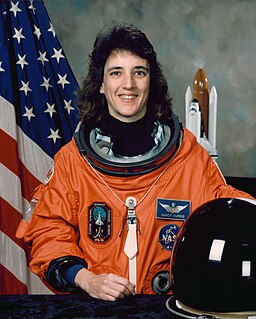
Nancy Jane Currie-Gregg is an engineer, United States Army officer and a NASA astronaut. Currie-Gregg has served in the United States Army for over 22 years and holds the rank of colonel. With NASA, she has participated in four space shuttle missions: STS-57, STS-70, STS-88, and STS109, accruing 1,000 hours in space. She currently holds an appointment as a professor of practice in the Department of Industrial & Systems Engineering at Texas A&M University.<https://engineering.tamu.edu/industrial/profiles/currie-gregg-nancy.html>

Bonnie Jeanne Dunbar is a former NASA astronaut. She retired from NASA in September 2005 then served as president and CEO of The Museum of Flight until April 2010. From January 2013 - December 2015, Dr. Dunbar lead the University of Houston's STEM Center and was a faculty member in the Cullen College of Engineering. Currently, she is a professor of aerospace engineering at Texas A&M University and serves as Director of the Institute for Engineering Education and Innovation (IEEI), a joint entity in the Texas A&M Engineering Experiment Station (TEES) and the Dwight Look College of Engineering at Texas A&M University.

Steven Wayne Lindsey is a retired U.S. Air Force officer and NASA astronaut. Lindsey served as Chief of the NASA Astronaut Office from September 2006 until October 2009.

Soyuz 30 was a 1978 manned Soviet space flight to the Salyut 6 space station. It was the sixth mission to and fifth successful docking at the orbiting facility. The Soyuz 30 crew were the first to visit the long-duration Soyuz 29 resident crew.

The Soyuz 40 mission was a 1981 Soviet manned spaceflight and the final flight of the Soyuz 7K-T spacecraft. It was a collaboration between the Soviet Union and Romania.
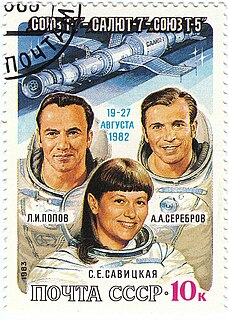
Aleksandr Aleksandrovich Serebrov was a Soviet cosmonaut. He graduated from Moscow Institute of Physics and Technology (1967), and was selected as a cosmonaut on December 1, 1978. He retired on May 10, 1995. He was married and had one child.

Paolo Angelo Nespoli is an Italian astronaut and engineer of the European Space Agency (ESA). In 2007, he first traveled into space aboard the Space Shuttle Discovery as a mission specialist of STS-120. In December 2010 he again traveled into space aboard the Soyuz TMA-20 spacecraft as an Expedition 26/27 flight engineer. Nespoli's third spaceflight was onboard Soyuz MS-05 which launched in July 2017 for Expedition 52/53. He is also the European Space Agency's oldest active astronaut.

Ronald John Garan Jr. is a NASA astronaut. After graduating from State University of New York College at Oneonta in 1982, he joined the Air Force, becoming a Second Lieutenant in 1984. He became an F-16 pilot, and flew combat missions in Desert Shield and Desert Storm. Before becoming an astronaut he was the Operations Officer of the 40th Flight Test Squadron (FTS). He first flew in space as a Mission Specialist on the STS-124 mission to the International Space Station (ISS). He returned to ISS on April 4, 2011, for a six-month stay as a member of Expedition 27.
The Korean Astronaut Program was an initiative by the South Korean government to send the first Korean into space via the Russian space program.
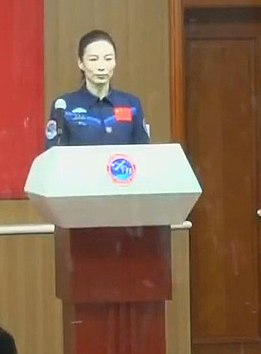
Colonel Wang Yaping is a Chinese military pilot and astronaut. Wang was the second female astronaut to be named by the CNSA, and the second Chinese woman in space.

Sergei Valeriyevich Prokopyev is a Russian cosmonaut. He is the commander of Soyuz MS-09, and flight engineer of Expedition 56/57 to the International space station.
